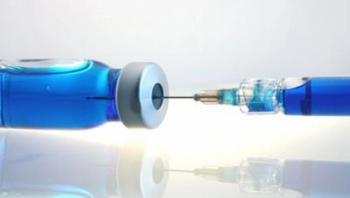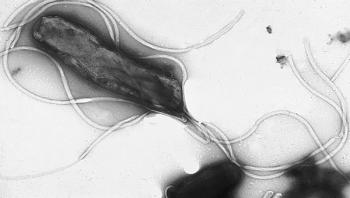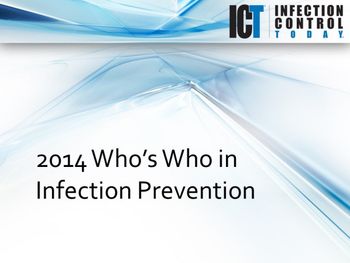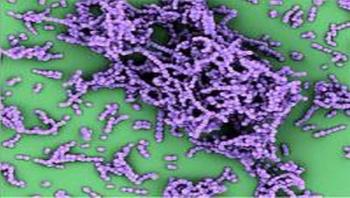
News


As many of you know, recent studies have shown that infection rates are lower than previously estimated. The “Multistate Point-Prevalence Survey of Health Care-Associated Infections” published in the March 27 edition of the New England Journal of Medicine (NEJM) found that on any given day, 1 in 25 inpatients in the U.S. have at least one healthcare-associated infection (HAI). In addition, about 75,000 patients who have an HAI will die during hospitalization. While the current estimates of infections are lower than previous estimates, it is hard to draw direct conclusions from these comparisons because of the differences in patient populations studied, changes in surveillance definitions of HAIs, and varied data collection methods. However, what is clear is that there is still much work to be done.

One of the most important relationships that infection preventionists can cultivate is with their institution's epidemiologist. It's a partnership that is equally appreciated by the epidemiologist who shares the objective of good patient outcomes. It's an alliance that dates back to 1985, when the SENIC Project provided scientific evidence that infection control programs with qualified IPs and hospital epidemiologists could prevent nearly one-third of healthcare-associated infections (HAIs).



Bacteria that cause ulcers in humans undergo accelerated evolution during the initial stages of infection, allowing them to evade the immune system, according to new research by an international team of researchers including Penn State scientists. The study shows, for the first time, and in real-time, the interplay between the human immune system and invading bacteria that allows the bacteria to counter the immune response by quickly evolving. A paper describing the research is published in the June 13, 2014 issue of the journal Nature Communications.





















An international team of scientists, led by researchers at the University of California, San Diego School of Medicine, have identified the genes encoding a molecule that famously defines Group A Streptococcus (strep), a pathogenic bacterial species responsible for more than 700 million infections worldwide each year.

